Lithium polymer (LiPO) batteries have changed the electronics industry due to their high energy density, lightweight design, and multi-shape design. They become an integral part of our lives. While their performance is commendable, the topic of LiPo battery safety is rising day by day. We can hear some news of lithium polymer battery explosions. Everybody should take care of lithium polymer battery safety risks.
We’ll take you through an in-depth look at the safety risks of lithium polymer batteries, such as correct usage, and battery safety protections.
Understanding the LiPo Battery Safety Risks
Lithium polymer batteries are safer than lithium ion batteries. It may come as a surprise to many that both lithium-ion and lithium-polymer batteries are not inherently safe, but rather they are safe due to faulty usage.
Overcharge
We often hear about thermal runaway in lithium polymer batteries. When the charge voltage of a Li-polymer battery exceeds the voltage limit, it brings many problems.
- The electrolyte appears to dissolve and produce flammable gases.
- Lithium can react with the electrolyte and turn into a reactive mixture.
- The battery overheats and leads to increasing the pressure on the battery.
The energy releases flammable gases and reactive mixes into the air. It perhaps causes fire or explosion. It is very dangerous.
Over-discharge
When the lithium polymer battery over-discharge, the voltage drops at the cut-off voltage. This situation damages the internal structure and reduces the cycles.
- The negative electrode’s carbon tabs come off: The negative electrode’s carbon tabs are the structure of the battery that keeps the charge; if they fall off, the battery will not charge properly.
- Dislodging of the active material at the positive terminal: The active substance at the positive terminal is the structure that releases the charge from the battery, and if it becomes dislodged, it prevents the battery from properly draining.
- The electrolyte decomposition: the electrolyte is the substance that conducts the charge in the battery, and if it breaks down, it can cause gassing inside the battery, increasing the strain on the battery.
When the battery surfers the longer time of over-discharge, the chemical reaction and damage are more heavier.
Short Circuits
When the positive and negative terminals of a lipo battery come into contact, a short circuit happens. The current flows in an unrestricted path and chooses the path of least resistance. At the same time, the current can flow easily through the battery and a lot of heat can be generated quickly.
The electrolyte in the battery should be made up of a mixture of chemicals and contains flammable chemicals. The battery is sealed and the internal electrolyte is under pressure, when a short circuit occurs and the electrolyte boils, the pressure inside the battery increases, and the battery can rupture and explode.
Wrong Usage
Make sure to use lithium polymer battery instructions from the battery manufacturer. Do not use the wrong charger or connector and disassemble the battery or wires. Even use the battery in the specified temperature ranges. We explain how to use lithium polymer batteries.
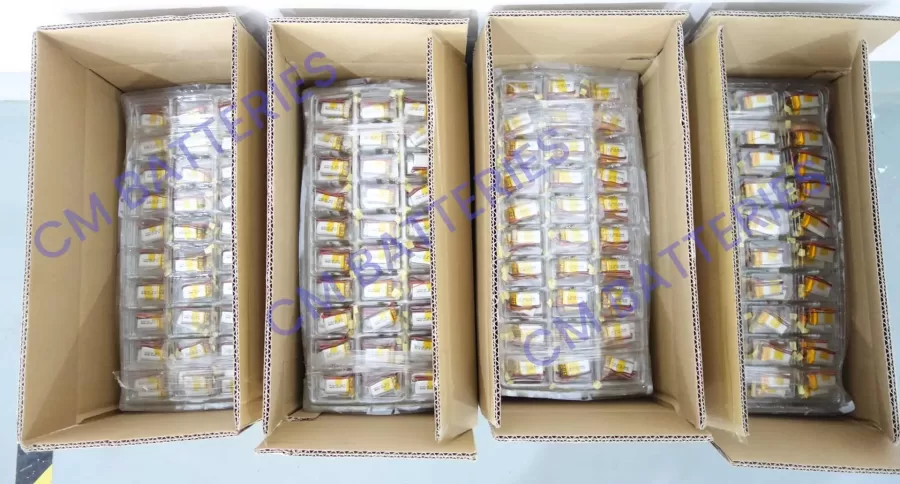
Detail LiPo Battery Safety Guide
Lithium battery safety tips guide to avoid the potential dangers of wrong usage:
1. Stop using the wrong charger or connector.
To be compatible with the electrical characteristics of lithium polymer batteries, Please use the dedicated chargers and connectors.
2. Stop disassembling the battery or wires.
Disassembling the interior components of a lithium polymer battery or wires would damage the structural integrity and safety mechanisms. Tampering with the internal structure of the battery may damage the electrical balance.
3. Do not use the battery to exceed the specified temperature range.
Lithium polymer batteries have a specified working temperature range, which is generally between 0°C and 60°C. Extreme temperatures, either too hot or too cold, can harm the chemistry and internal structure of the battery. The same applies to storage, with an ideal storage temperature of 15°C to 25°C (59°F to 77°F).
4. Do not exceed discharge current.
The manufacturers of lithium polymer batteries provide specified discharge rates indicating the maximum current they can safely deliver. Please be sure to comply.
5. Do not puncture or crush the LiPo battery.
If a lithium polymer battery is damaged (e.g., punctured or crushed), the diaphragm that separates the positive and negative electrodes inside the battery will be destroyed, thus bringing the electrodes into contact with each other, and once the positive and negative electrodes come into contact, a short circuit will be triggered.
6. Do not overcharge or overcharge.
We always highlight for clarification, and the reasons are explained in detail in this article.
To reduce the risks of the wrong usage of lithium polymer batteries, it is critical to follow the manufacturer’s instructions and guidelines. The safety instructions from the manufacturer support you :
- Design batteries with greater puncture resistance to reduce the possibility of short circuits caused by physical damage.
- Design batteries with a wider temperature range to reduce the risk of damage from extreme temperatures.
- Extensive testing and quality control procedures are performed to identify and eliminate potential defects before the battery reaches you.
- Design batteries with built-in safety features, such as overcharge and over-discharge protection circuits, to prevent common user errors from causing danger.
- Include clear and concise safety instructions and warnings in the battery package and user manual.
- Design for safe storage and transport with LiPo battery safety box.
Work closely with the suppliers to ensure their battery safety and have a professional custom lipo battery pack solution experience.
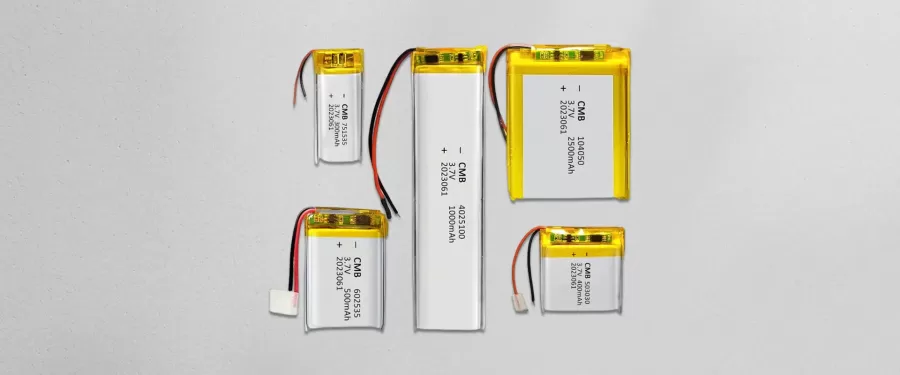
Advanced Safety Factors Improve LiPo Battery Protection
Excellent LiPo battery engineers will certainly give you many advanced design solutions to further enhance the protection of lithium polymer batteries. Make sure two factors with high quality.
Battery Management System (BMS)
BMS is also known as LiPo battery protection circuit, which can be considered as the brain of the battery, closely monitoring and managing parameters such as voltage, current, and temperature. Its main function is to prevent the battery from charging and discharging beyond its safe voltage limit, i.e. overcharging and discharging. As well as detecting and disconnecting the battery in the event of a short circuit, preventing explosions. It also monitors the battery temperature.
Thermal Management System(TMS)
TMS controls battery temperature to prevent overheating and thermal runaway. There are two general categories: active cooling and passive heat dissipation. The use of fans, heat sinks, or liquid cooling to actively remove heat from the battery and distribute it to the environment is referred to as the active cooling technique. Passive cooling solutions rely on the battery’s architecture and materials to transfer heat from the core to the surroundings.
Finally, regarding lithium polymer safety for overcharge, over-discharge, and short-circuit. Working with a trustworthy supplier who takes battery safety seriously and gives clear instructions. The use of safety features like Battery Management Systems (BMS) and Thermal Management Systems (TMS) may significantly improve battery safety. You will be able to utilize the power and benefits of lithium polymer batteries without endangering your health or destroying your electronic equipment.

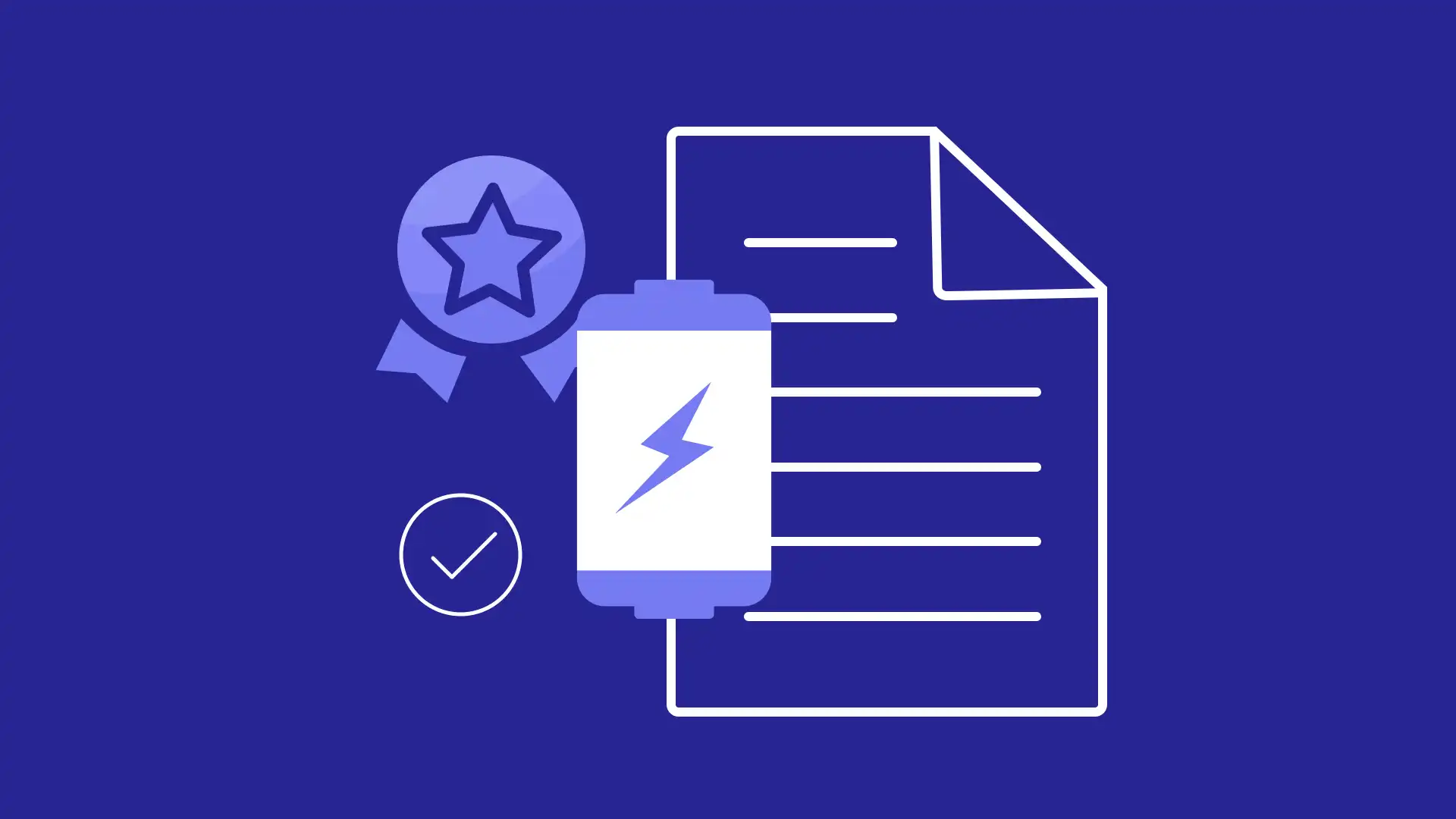
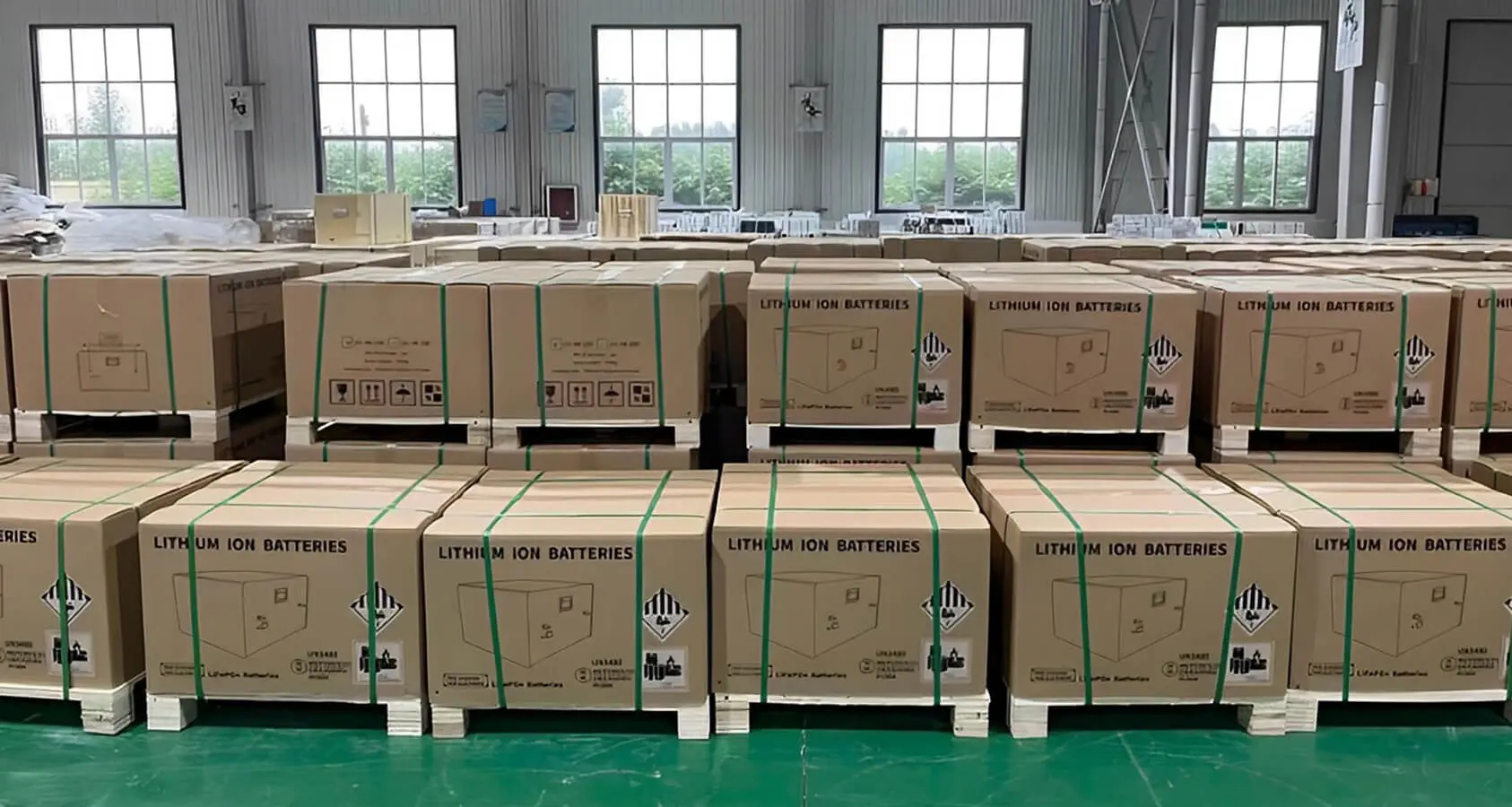
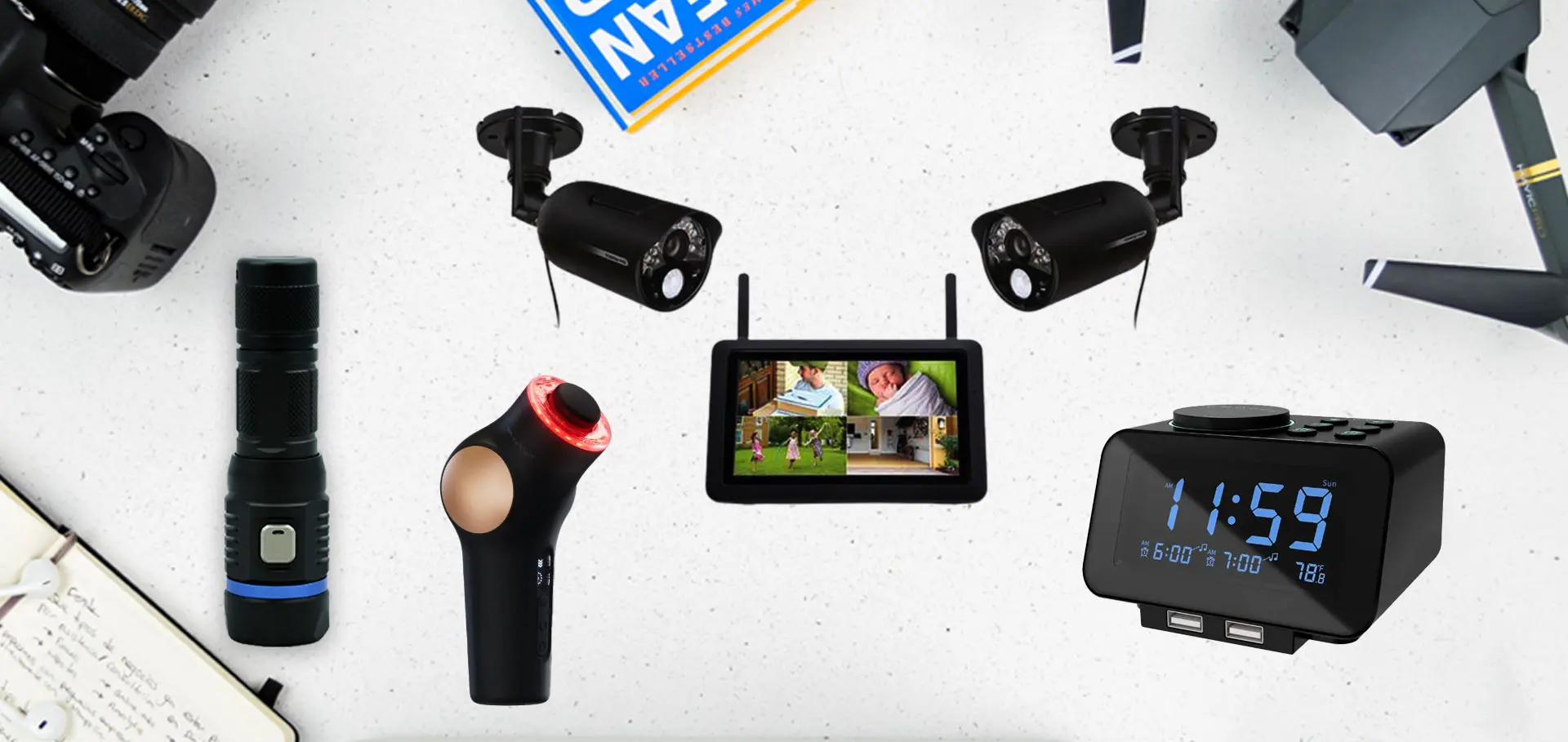

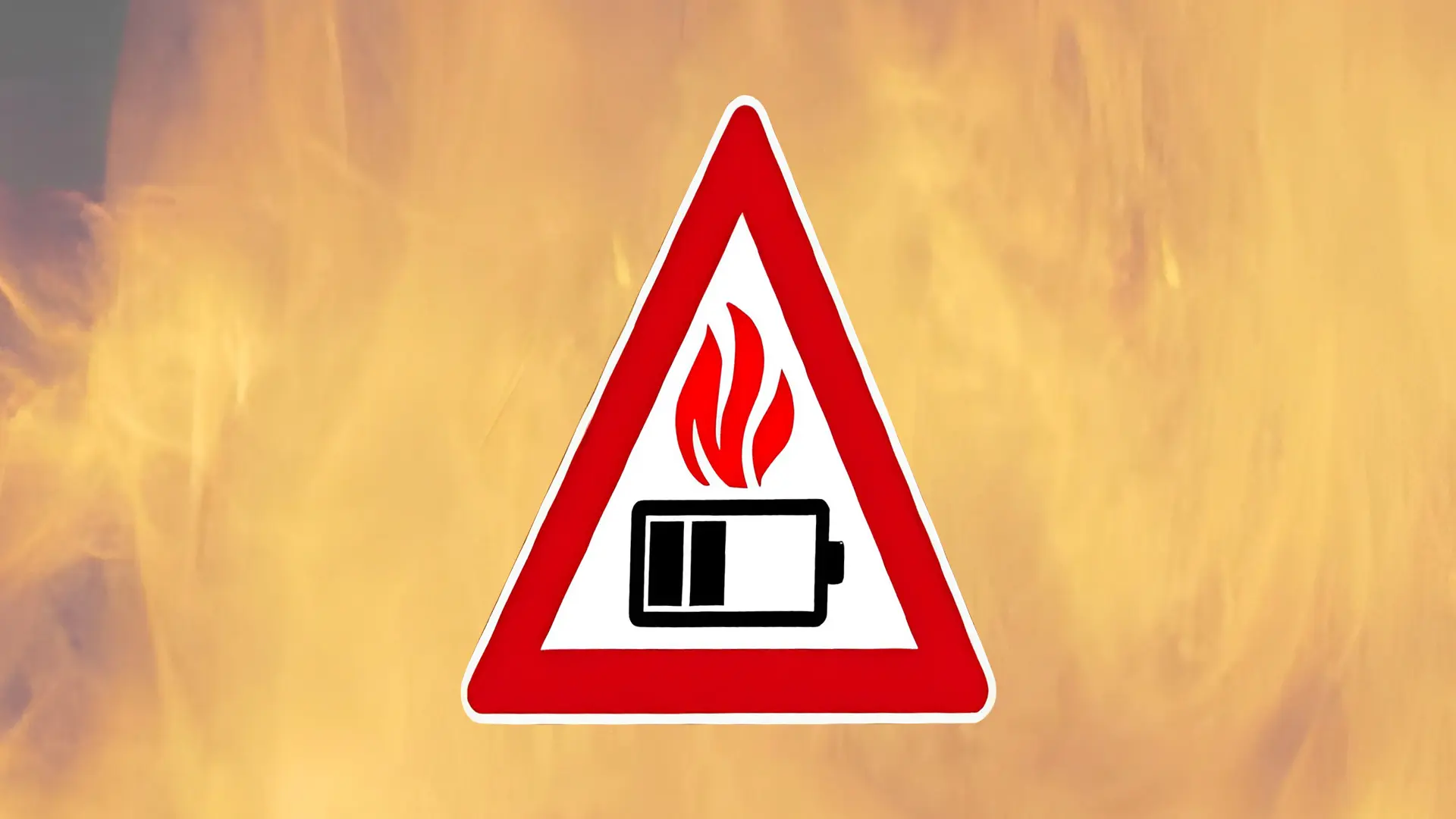
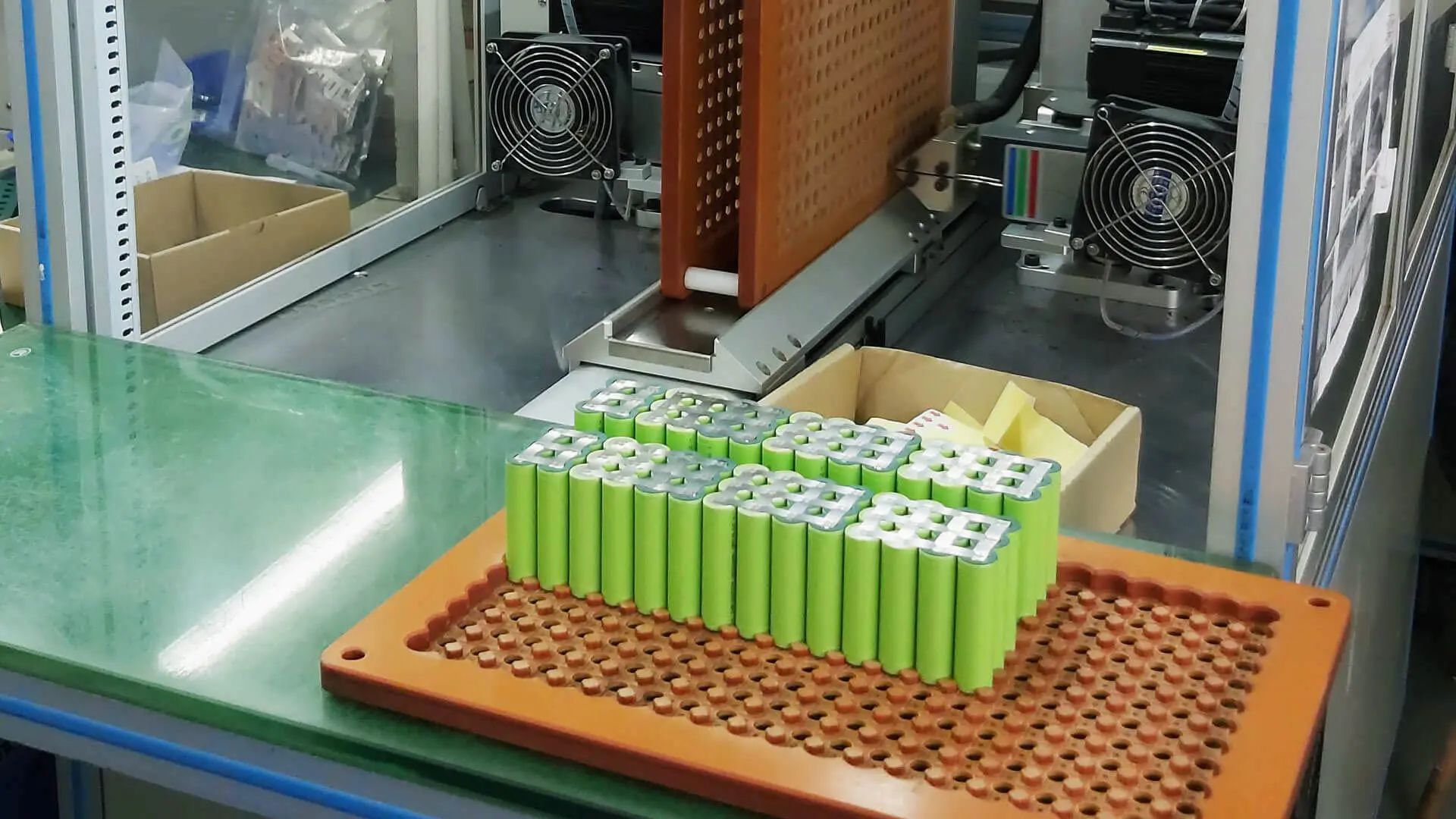
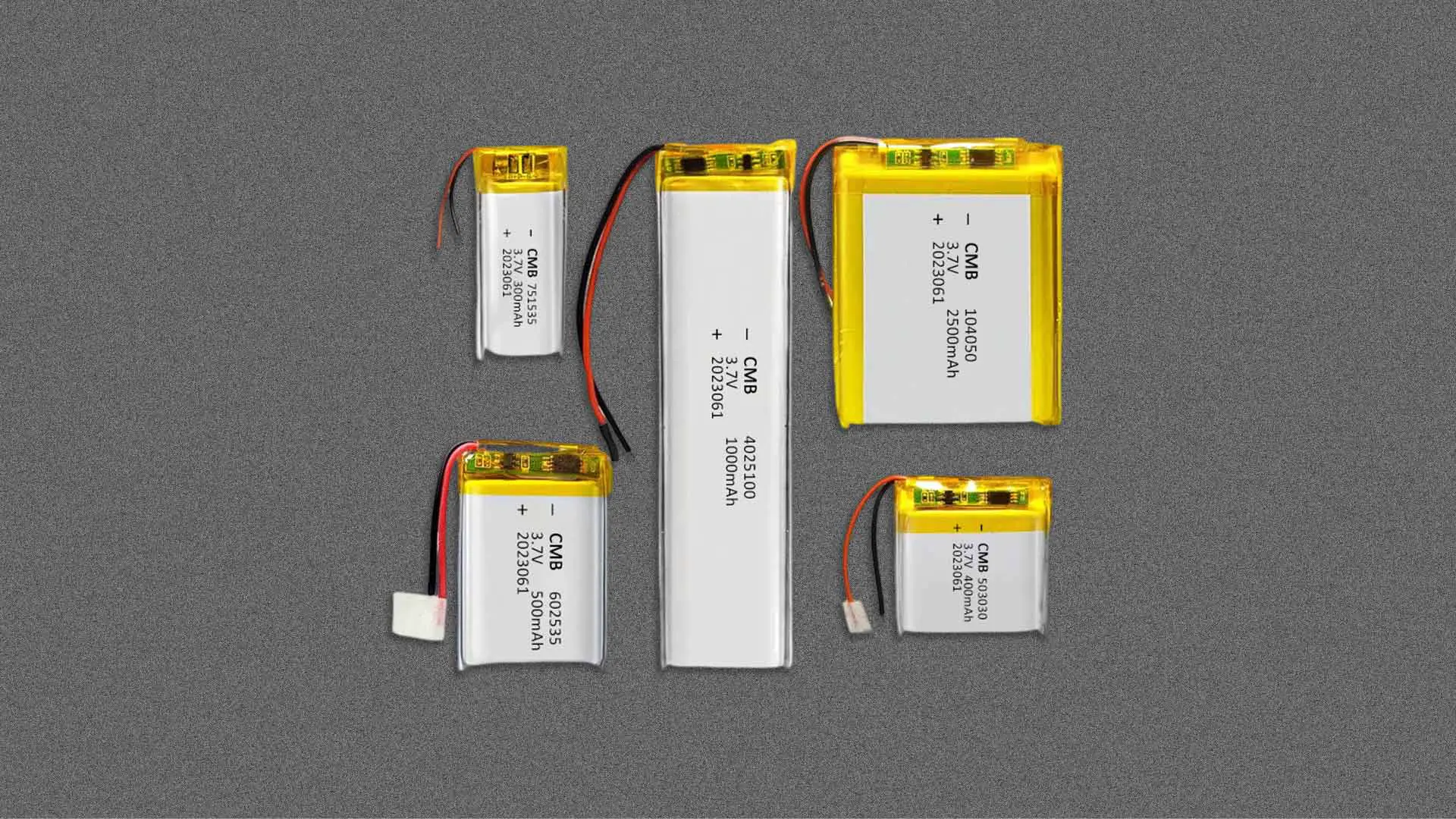


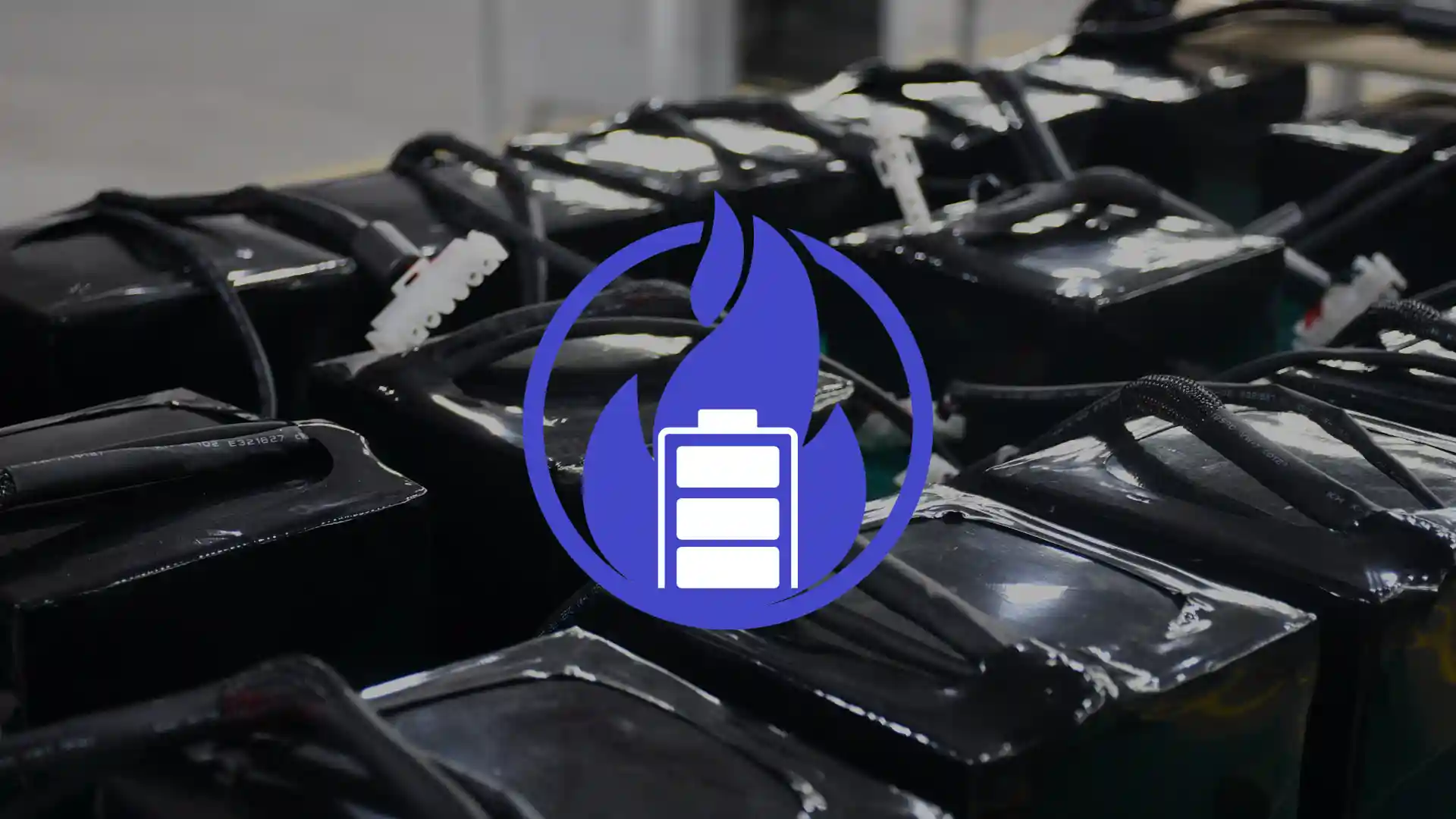

One thought
Thank you for your message, we will keep updating it.